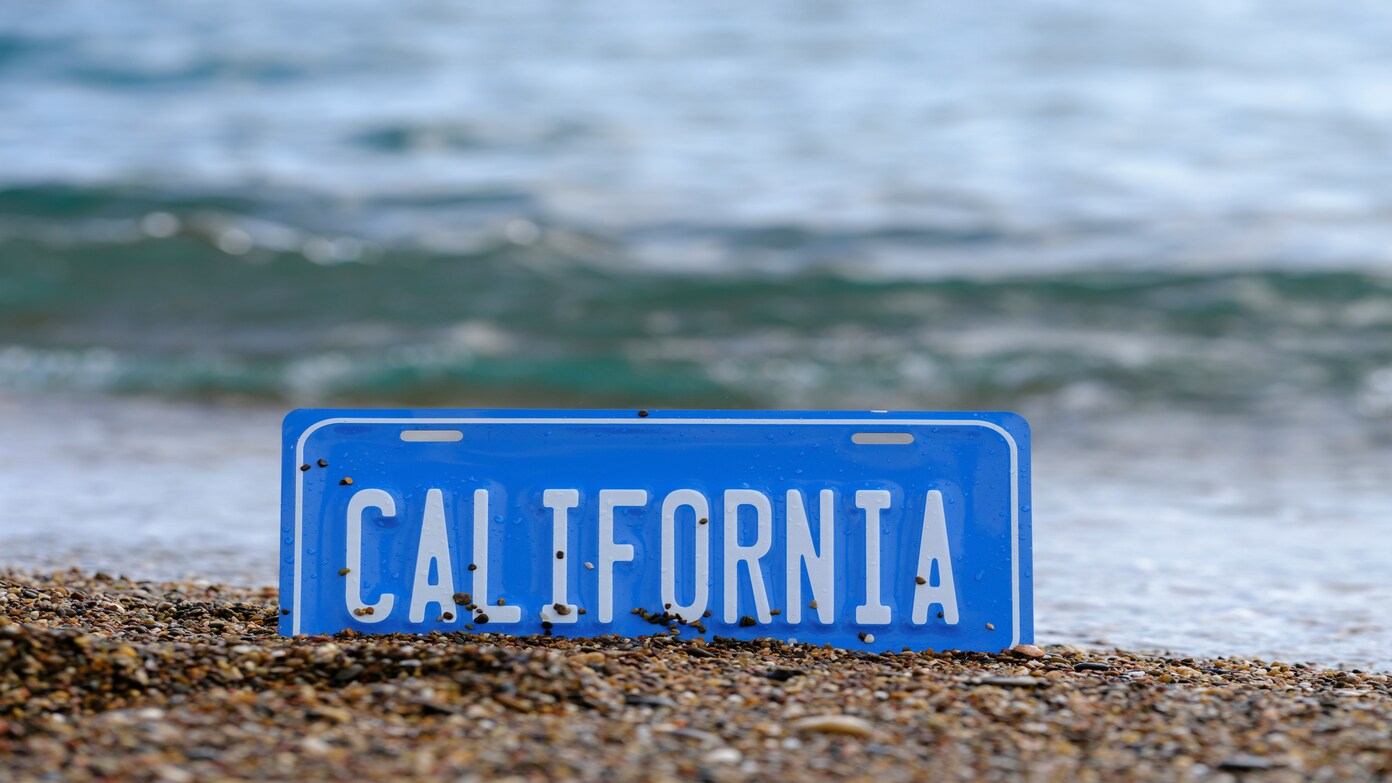If you’re one of the millions of Californians who are Medi-Cal-covered, there’s something you need to know. In 2026, the state will begin to ponder reinstating an outdated policy that might take away your health care coverage, specifically if your savings or assets are only a notch above a new proposed threshold. Here’s what’s happening and why you should care.
What is the medical asset test?
The “asset test” has been around a long time. Actually, for many years, Californians—mostly seniors and people with disabilities—had to show they didn’t have too much money in their savings accounts or property to qualify for Medi-Cal. But more recently, Governor Gavin Newsom put that into oblivion.
First, it was raised to $130,000 in 2022. Then in 2024, it was eliminated. Now, the governor is suggesting going back in time. He’s proposing reinstating the asset test—using the same stringent limit used way back in 1989—to a paltry $2,000 for singles and $3,000 for couples.
If passed, this regulation would go into effect on January 1, 2026.
What is included in that $2,000 threshold?
This asset test doesn’t even consider what is in your savings account. It may even consider several items you may not be thinking about, including:
- Balances in your checking and savings accounts
- Cash on hand
- Real estate you own (other than your principal residence)
- Policies on life insurance
- Some burial plots
Some things don’t count, like your first car, your home, and retirement savings in a 401(k). But there is a catch: as soon as you start withdrawing from retirement savings, those payments constitute income.
Who could lose Medical?
This cutback would fall most heavily on those who are 65 or older or those with disabilities. If your assets are above the threshold—even temporarily—you could lose your Medi-Cal coverage. That could result in losing access to doctor visits, prescriptions, and even in-home care services, which may also be limited under Newsom’s plan.
It’s a terrifying prospect, particularly considering the high cost of living in California. As experts have pointed out, it’s essentially impossible to survive in the state on a mere $2,000 in assets.
Governor Newsom says California has a $12 billion budget deficit, and the state has some tough financial decisions to make. Medi-Cal, the program that provides low-cost or no-cost health care to low-income residents, is the state’s most expensive program.
From 2014–15 to 2024–25, Medi-Cal costs more than nearly doubled, from $17.1 billion to $37.6 billion. One big reason why? A great many more enrolled in Medi-Cal than was expected when the asset test was abolished. Officials estimated 40,000 would enroll, but the figure was nearly 115,000.
Restoring the asset test, the governor argues, would save the state $94 million this year and more than $500 million next year.
What can you do?
If you’re already receiving Medi-Cal or expect to apply soon, it makes sense to review your assets and savings. Even though the rule isn’t in effect yet, taking action now may avoid your losing coverage in 2026.
Related articles:
Good news for student loan borrowers as Trump pauses Social Security garnishment
The reason why you should press the “Cancel” key when withdrawing cash from an ATM machine

